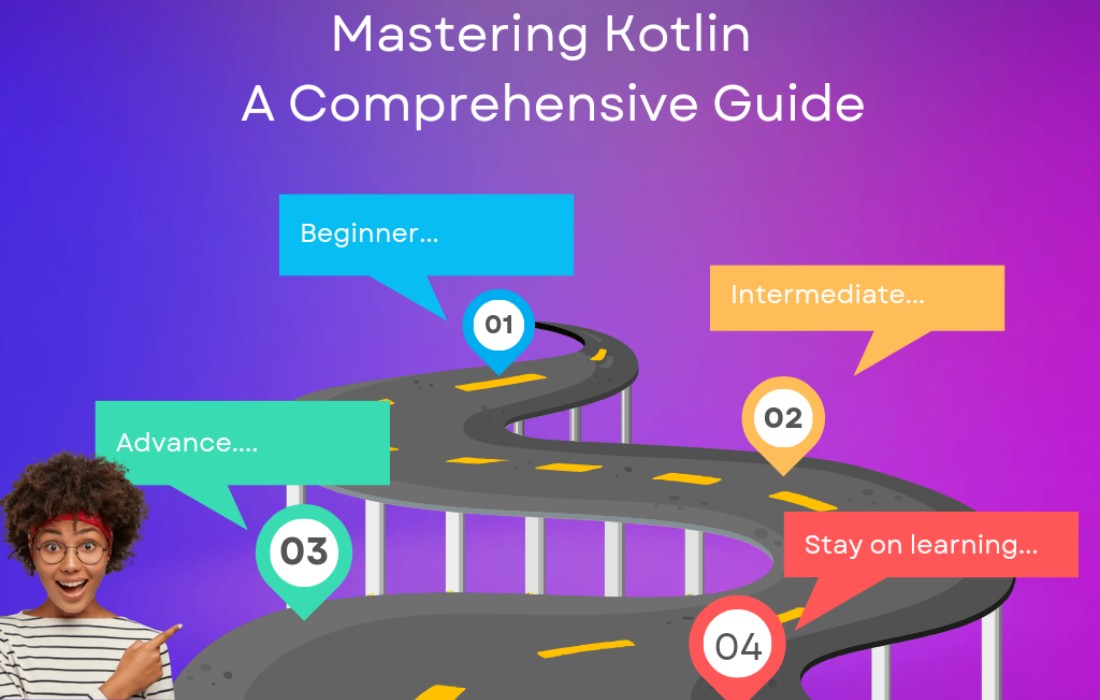Introduction
Kotlin’s rise in popularity, especially for Android development, has sparked interest in understanding how it works alongside Java. Given that Kotlin runs on the Java Virtual Machine (JVM), it’s designed to integrate seamlessly with existing Java codebases. This blog post delves into Java interoperability with Kotlin, exploring how Kotlin calls Java, how Java interacts with Kotlin, and some key strategies and challenges developers face when using both languages together. Whether you’re a developer transitioning to Kotlin or incorporating it into a pre-existing Java project, mastering interoperability will enhance your coding workflow.
The Basics of Java-Kotlin Interoperability
Kotlin was built with Java interoperability in mind. Being a JVM language, Kotlin compiles to Java bytecode, which means you can use it alongside existing Java libraries, frameworks, and tools. This opens up a wide range of possibilities for Java developers adopting Kotlin, as they can reuse existing Java code and libraries while benefiting from Kotlin’s modern syntax and enhanced features.
Key Highlights:
- Kotlin can interoperate with Java at both the bytecode level and source level.
- Kotlin/JVM compiles Kotlin code into Java bytecode, making it compatible with any Java library or framework.
- Kotlin/JS and Kotlin/Native extend interoperability to JavaScript and native platforms.
How Kotlin Calls Java
In most cases, Kotlin developers will need to call Java code. Kotlin has specific features that make this process smooth and intuitive, like property syntax and seamless method calls. Let’s take a look at how Kotlin interacts with Java code.
Property Syntax for Java Methods
Kotlin allows you to access Java getter and setter methods as if they were properties, making the transition from Java to Kotlin smoother. Consider a Java class with JavaBeans-style getter and setter methods:
In Kotlin, you can call these getter and setter methods using property syntax:
This concise syntax improves readability and eliminates the need to explicitly call getter and setter methods.
Handling Nullability in Java-Kotlin Interoperability
Kotlin’s handling of nullability is a key feature, but it differs significantly from how Java handles null values. In Kotlin, nullability is explicit, whereas Java doesn’t have built-in support for null safety. This discrepancy can lead to potential NullPointerException (NPE) issues when Kotlin code interacts with Java.
Here’s an example of how Kotlin interacts with Java code that returns null:
To handle such cases in Kotlin, use safe calls and nullable types to prevent crashes:
This ensures that the code handles nullable values safely and prevents crashes due to null dereferencing.
Java Calling Kotlin
Kotlin can easily be called from Java, but there are a few things to keep in mind, especially when dealing with Kotlin-specific features such as default arguments, nullability, and extension functions.
For example, if you have a Kotlin class:
You can call this Kotlin class from Java without issues. Kotlin’s JVM interoperability ensures that Java code can call Kotlin classes and their methods seamlessly, making it easy to extend Kotlin functionality within a Java-centric environment.
Working with Annotations
When you work with Kotlin in a Java project, it’s crucial to be aware of Kotlin’s annotation system, which allows Kotlin code to be accessed more easily from Java. You can use the @JvmName and @JvmOverloads annotations to make Kotlin functions and properties more compatible with Java.
For instance, if you want to create a top-level function in Kotlin and make it accessible from Java:
Java can now reference this function as CoolFunctions.doSomething() instead of the default filename-based name, improving the clarity and usability of Kotlin code when used from Java.
Troubleshooting Interoperability Issues
When dealing with Java and Kotlin interoperability, you may encounter issues related to naming conflicts, nullability mismatches, or features like default arguments. To diagnose and resolve these problems, most IDEs like Android Studio and IntelliJ IDEA provide decompilation tools, allowing you to inspect the Java bytecode generated from Kotlin.
However, be aware that decompiled code may not always be easy to read due to Kotlin’s optimizations. Despite this, the debugging process remains relatively straightforward in most cases.
Best Practices for Java-Kotlin Interoperability
- Use Safe Calls: Ensure null safety when interacting with Java by using Kotlin’s safe calls (
?.) and the Elvis operator (?:). - Understand Annotations: Use Kotlin-specific annotations like
@JvmNameand@JvmOverloadsto customize how Kotlin functions are exposed to Java. - Be Mindful of Default Arguments: Kotlin supports default arguments, but Java doesn’t, so ensure that Kotlin functions with default arguments are properly annotated and handled in Java.
- Leverage Kotlin’s Syntax: Take advantage of Kotlin’s concise syntax, such as property access for Java getter and setter methods, to simplify code and improve readability.
Conclusion
Kotlin’s interoperability with Java offers an excellent opportunity for developers to take advantage of both languages’ strengths. By understanding how Kotlin calls Java and vice versa, you can leverage the wealth of Java libraries and frameworks while benefiting from Kotlin’s modern features like null safety, concise syntax, and extension functions. Whether you’re transitioning to Kotlin or integrating it into an existing Java project, mastering interoperability is essential for developing efficient and scalable applications.
Embrace Kotlin and Java interoperability today, and unlock the full potential of both languages!
This blog has provided a comprehensive look at Java-Kotlin interoperability, showcasing best practices and practical examples. Understanding these interoperability strategies will help developers navigate the challenges and maximize the benefits of combining Kotlin and Java in their projects.












